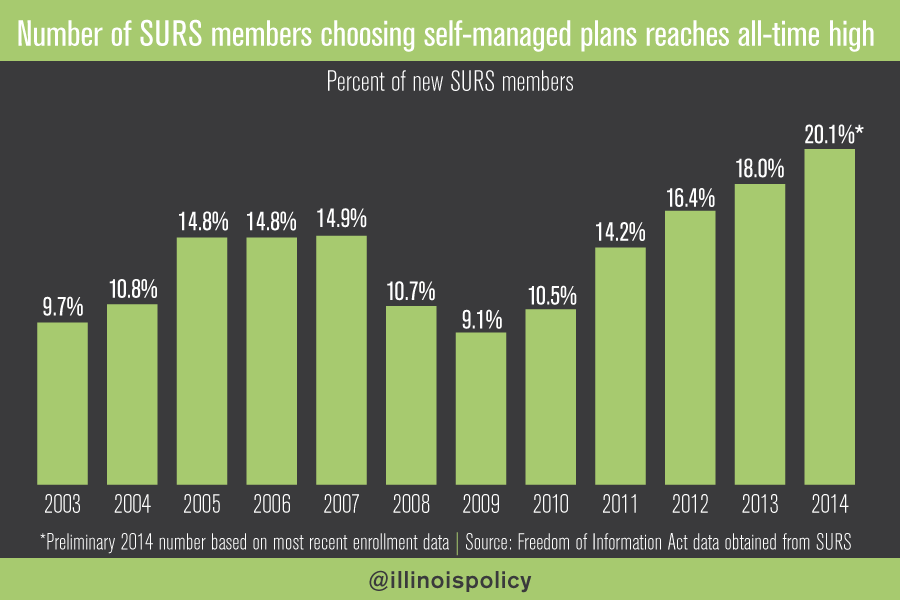Russian McDonald’s employees are having trouble adding recent wages to their future pension calculations. As a result, McDonald’s has sued the Russia Pension Fund 8 times since the problem started in the third quarter of 2013. Reported by RIA Novosti:
McDonald’s has filed at least eight lawsuits against Russia’s Pension Fund, saying it refused to accept relevant documents from the company, as a result of which McDonald’s Russia employees’ pensions have not been accumulated since 2013, Russian Izvestia newspaper reported Friday.
“Starting from the third quarter of 2013 and until today, in response to submitted documentation, McDonald’s company receives refusals from Russia’s Pension Fund to accept these documents, which is a direct violation of McDonald’s employees’ rights,” Izvestia quoted McDonald’s Russia Director for Public Relations Svetlana Poliakova as saying.
But the Russia Pension Fund says McDonald’s submitted documents with too many errors, including misspelled names and incorrect wages. From RIA Novosti:
Poliakova argued that the company submits the documentation to the Pension Fund in accordance with all the requirements.
However, Russia’s Pension Fund representatives explained that the responsibility for McDonald’s employees’ rights violations lies within the company itself, as the majority of submitted documents contained mistakes, including in the names of employees, and the sums of their wages, Izvestia reported.
According to Russia’s Pension Fund, in 2013 the number of mistakes in the documents reached its maximum. The Pension Fund argues that it has repeatedly called on McDonald’s managers to correct the mistakes and resubmit the papers, but the company ignored its all requests. So, the accounts on the basis of which the pension rights are formed, were not ready.
There are currently over 400 McDonald’s restaurants operating in Russia.
Photo by Roadsidepictures via Flickr CC









